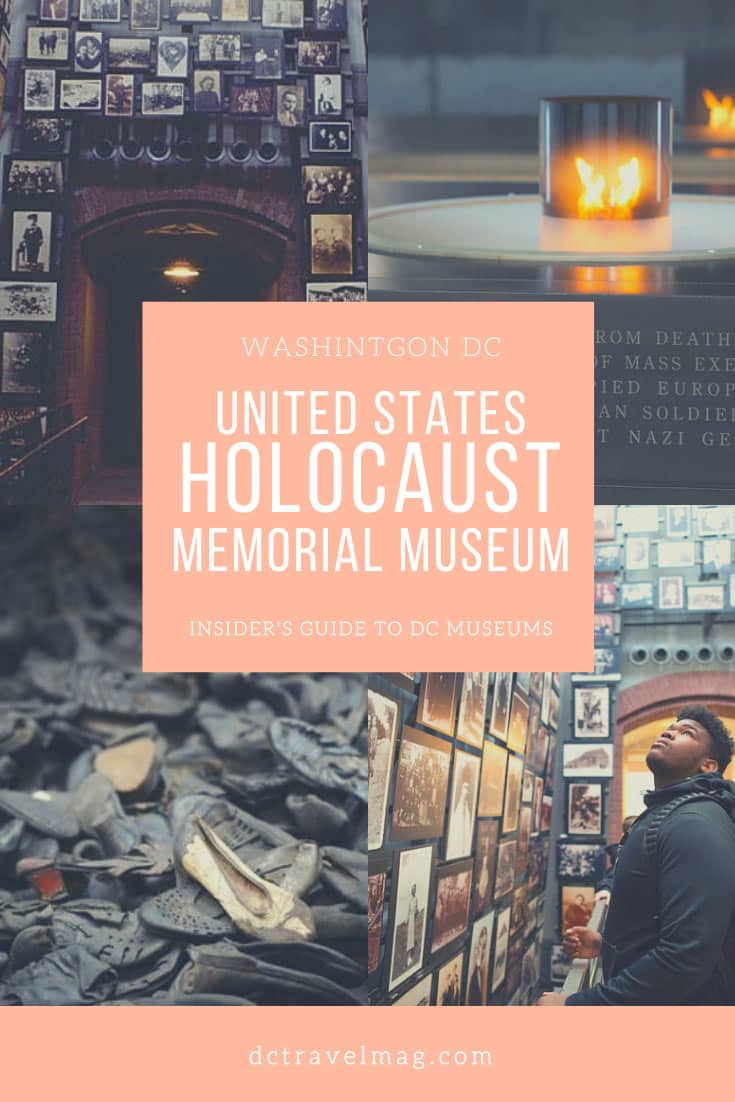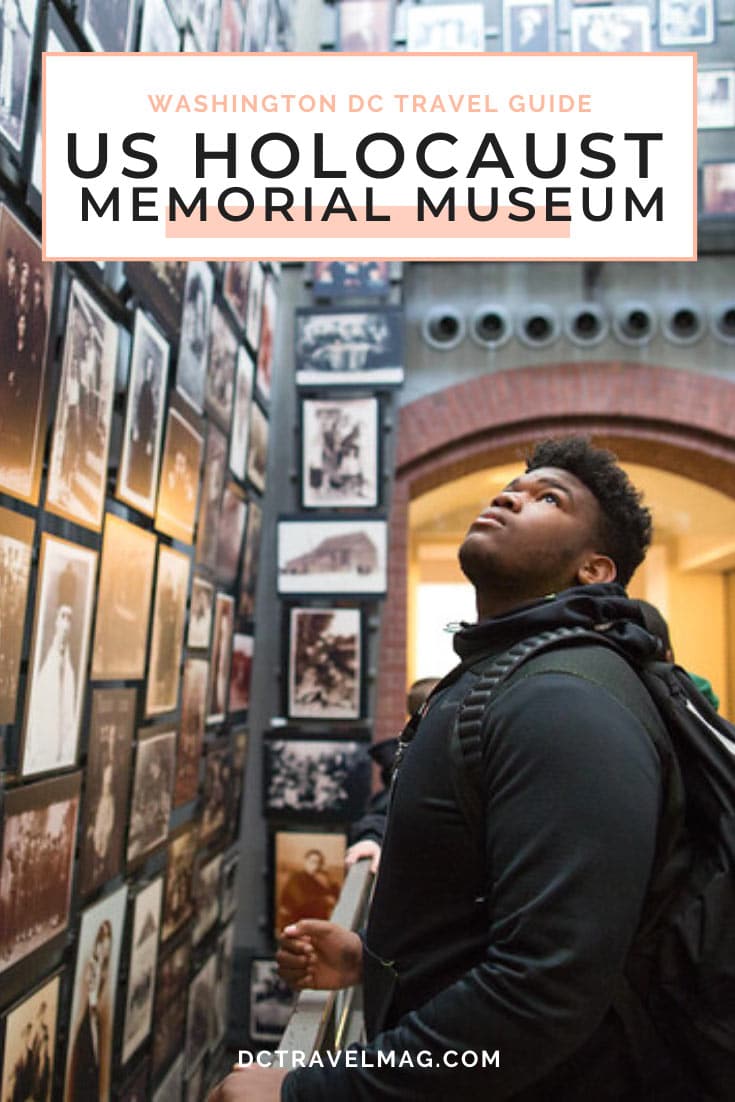I still remember the first time I stepped into the United States Holocaust Memorial Museum. My class had taken a trip from Philadelphia to Washington, D.C.
We were each given an I.D. card to follow the journey of one WWII Holocaust victim through the museum. At the end, we would find out if they had survived. The girl on my I.D. card didn’t, creating a lasting and personal connection to one of the most tragic periods of world history and one of DC’s most moving museums.

In our effort to highlight all of the best museums in Washington D.C, we spoke with Dana Carroll, Director, Museum Services at the United States Holocaust Memorial Museum, to share what makes this museum special, why you should visit, and what you need to know before you go.
The health and safety of our visitors, staff, and volunteers are our highest priority. To help reduce the risk of transmission of the COVID-19 (coronavirus), the Museum is closed to the public until further notice. We are sorry for the inconvenience, but your safety is more important to us. Please check our website before going online for tickets or group reservations and to review any changes to our exhibitions due to COVID-19.
– United States Holocaust Memorial Museum (2020)
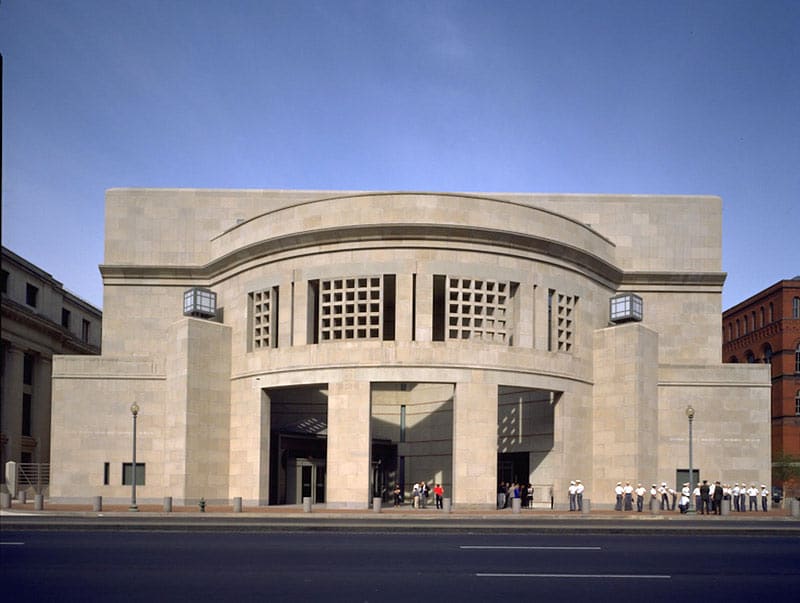
Where is the museum located?
Location: United States Holocaust Memorial Museum, 100 Raoul Wallenberg Pl, SW Washington, DC 20024
Is the museum accessible?
Yes, the Museum is fully accessible to visitors who use mobility assistive devices.
The Museum offers guided highlights tours upon request for visitors who are blind or who have low vision and their guests. These tours are led by trained staff or volunteer documents and include visual description and touchable objects.
For our guests who are deaf or hard of hearing, all of the multimedia in our exhibition spaces are captioned.
What topics does the museum cover?
The Museum contains several exhibitions you won’t want to miss.
Our Permanent Exhibition, The Holocaust, presents a chronological history of the Holocaust through artifacts, photographs, films and eyewitness testimonies. It explains the events of the Holocaust and helps visitors to understand how and why the Holocaust happened and what lessons it holds for us today.
The Holocaust was not inevitable. We want visitors to think critically about the decisions that were made and not made by governments, organizations, and individuals that allowed it to happen.
The special exhibition, Americans and The Holocaust examines the motives, pressures and fears that shaped Americans’ responses to Nazism, war and genocide. It looks at what the American government and public knew about the Nazi threat and what responses were possible.
Remember the Children, Daniel’s Story, presents the history of the Holocaust through the experience of one child. This exhibition is recommended for children eight and older.
Later in 2020, we plan on opening an exhibition documenting the genocide of the Rohingya in Burma, “Burma’s Path to Genocide.”
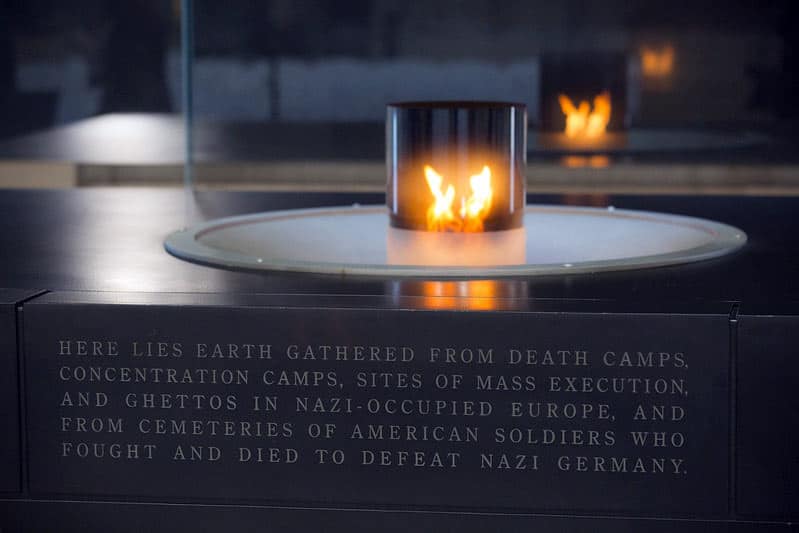
What is your museum’s claim to fame?
The United States Holocaust Memorial Museum is one of the most visited museums in Washington, D.C. It is also one of the most important. Its lessons are more urgent today than its founders could have envisioned when it opened in 1993.
Seventy-five years after the liberation of the Nazi concentration camps, the lessons the Museum teaches are more relevant than ever–lessons about the fragility of society, the dangers of unchecked antisemitism and hate, and the consequences of indifference.
What is your favorite exhibit or artifact in the museum?
Perhaps our most important artifact is the Ringelblum milk can. It held secret archives of Jews imprisoned in the Warsaw ghetto. They knew they would likely not survive and wanted to document their lives and what happened to them in their own voices.
The archives, collected and preserved by a group known as Oneg Shabbat, led by historian Emanuel Ringelblum, contained essays, diaries, drawings and other documents describing life in the ghetto.
Much of the history of what happened during the Holocaust comes from the perpetrators – records, documents, photographs, etc.
The milk can is so unique and powerful because it tells the story from the viewpoint of the victims, and documents in a personal way what was lost in the Holocaust. We have a quote displayed with the archive that is powerful to me and many others – the quote is from David Graber, a nineteen year old who participated in carrying out this task:
“I would love to live to see the moment in which the great treasure will be dug up and shriek to the world proclaiming the truth. So the world may know all. . . .
David Graber, 19 years old
May the treasure fall into good hands, may it last into better times, may it alarm and alert the world to what happened and was played out in the twentieth century. . . .
We may now die in peace. We fulfilled our mission. May history attest for us.”
Ringleblum, Graber, and many of their colleagues died at the hands of Nazi Germany and never knew of the post war unearthing of the Archive. Their work continues to speak to the millions of visitors who have come to the Holocaust Memorial Museum in Washington, D.C.
What kinds of special exhibits and events do you host throughout the year?
At this time, we are hosting a weekly Facebook Live series that can be found at Facebook.com/HolocaustMuseum. (You do not need a Facebook account to watch.)
The series explores a number of topics related to Holocaust history.
When the museum is opens, visitors to the building can visit our information desk for a sheet of any special programming being held the day of their visit.
We look forward to restarting our popular First Person: Conversations With Holocaust Survivors program when it is safe to do so – we invite everyone to visit our YouTube page to listen to survivors share their experiences in their own words.

Are there guided tours available?
We offer guided tours of our special exhibition Americans and the Holocaust, and also offer a guided introduction to the Museum’s architecture. Guests can visit our information desk for more details.
The Museum’s online calendar has information on all upcoming special events.
How much time should someone plan to spend at the museum?
We recommend that visitors allocate at least two hours to experience our Permanent Exhibition.
What should someone bring with them and what items are not allowed in the museum?
Visitors should visit the Museum website for a full overview of our building policies.
Is photography allowed inside (without flash)?
Yes, visitors can take photographs without flash for their personal use.
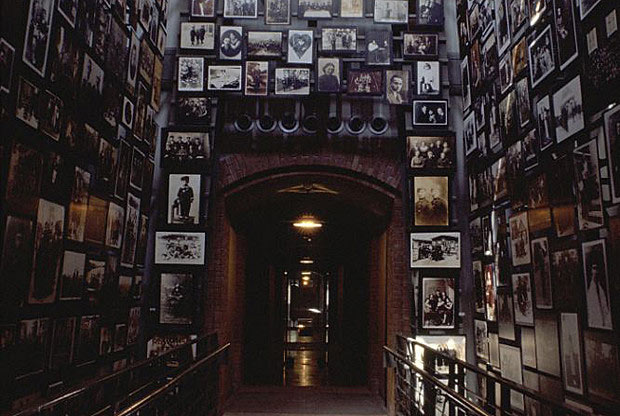
What should parents of young children know before visiting the museum?
We recommend our Permanent Exhibition for visitors ages 11 and older, and Remember the Children: Daniel’s Story for visitors ages eight and older.
In the Permanent Exhibition, the most graphic materials are placed behind privacy barriers to allow guardians to decide their children’s readiness to experience these areas.
Is there a museum cafe or restaurant?
There is a Museum Cafe located adjacent to the Museum building.
What should teachers planning a field trip know before reaching out to you?
Group reservations (40 or more visitors) are free and may be made three months prior to the date of your visit. Teachers and others planning a group visit can make these reservations on our website.
What are your normal days and hours of operation?
The Museum is open every day except Yom Kippur and Christmas Day. The Museum and its exhibitions are open from 10 a.m. until 5:20 p.m.
Please check the Museum’s website for details about visitation which may change when the building does re-open.
Does the museum have a bag check or coat room?
Yes, coat check is available on the First Floor of the Museum for coats, large bags and other items visitors don’t want to carry with them through our exhibitions.
Is there parking available?
Public parking is limited around the Museum. The easiest way for visitors to get to the Museum is via the Metro’s Smithsonian stop.
Is there an admission fee?
The Museum is free. Tickets are required for visits when the Museum reopens. Visitors can get tickets in advance online or can get same-day tickets in person at the Museum.
Please check the Museum’s website for details about visitation which may change when the building does re-open.
Want to visit? Pin it for later!
